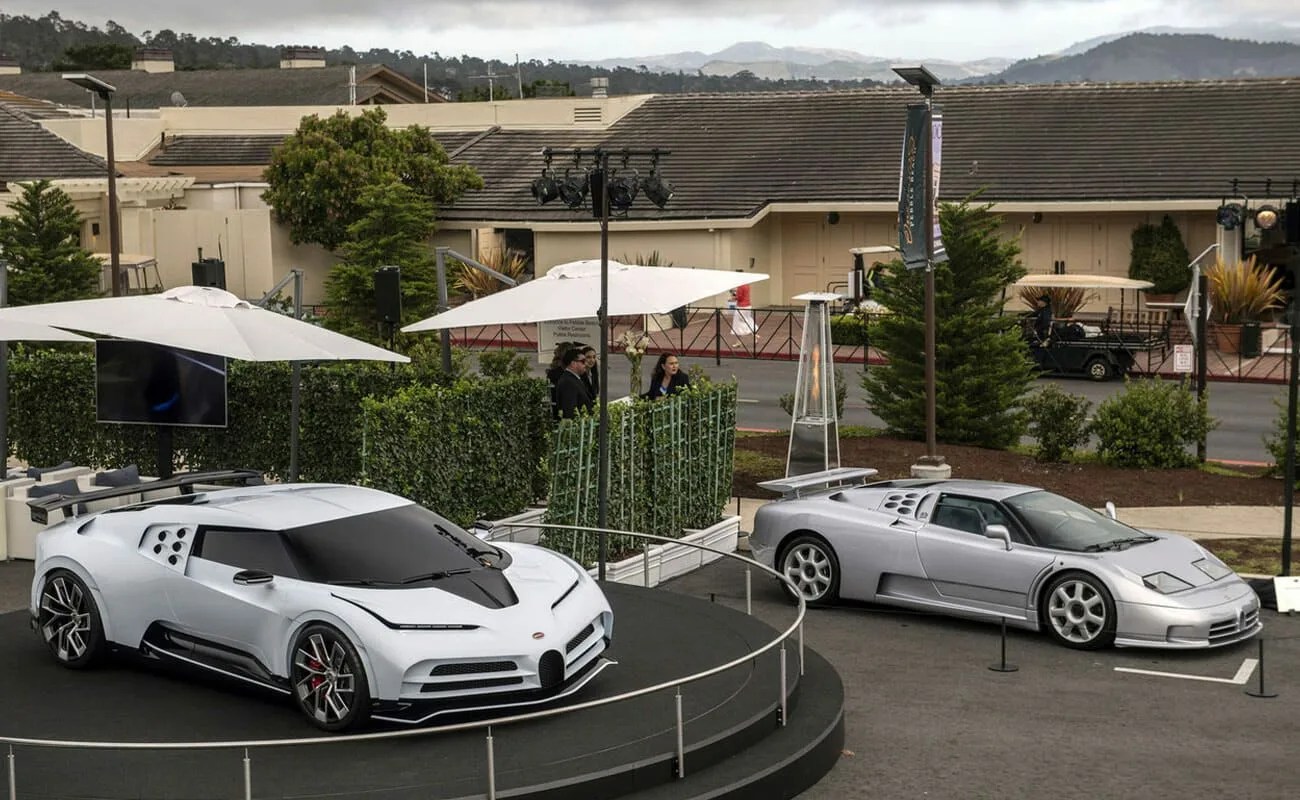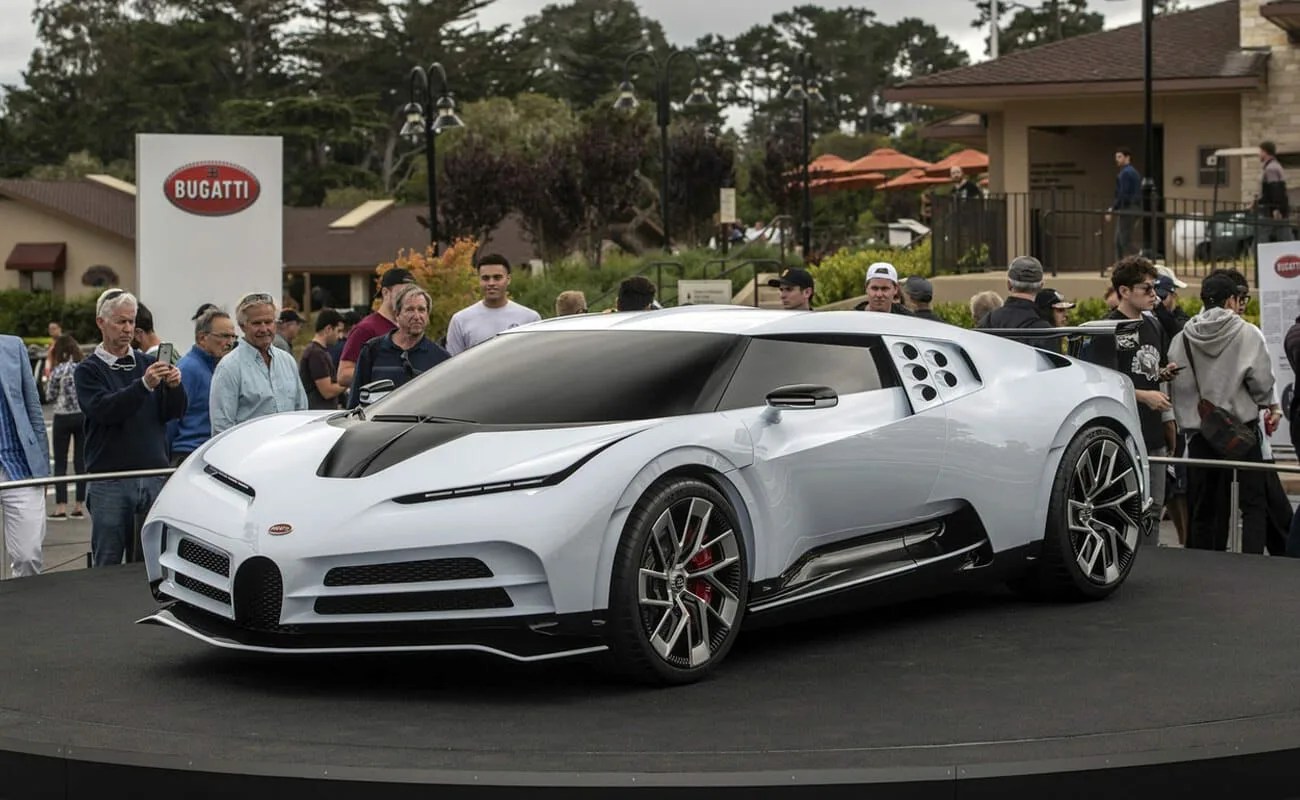If you’re the head of exterior design for, say, Ford, odds are good you see your work every day of your life — whether you’re in the office or not. If you’re the head of exterior design for Bugatti, however, you’re unlikely to run into an example of your penmanship parked beside you when you pop over to Wawa for a hangover hero on Sunday afternoon. As a result, Frank Heyl is unlikely to be randomly spurred to talk about his job — which could explain why he’s such an effusive interviewee. (Except when it comes to commenting on future product, at which point he sticks to his official line with a consistency that would make Robert Mueller jealous.)
Unlike some senior figures at automakers, when we ran into him at the Bugatti stand at the Pebble Beach Concours d’Elegance this year, we barely needed to ask a question to spur him on; Heyl simply began chatting away, dishing out facts and details about the new Centodieci limited-run supercar the brand unveiled there with the pride of a new parent.
It helped that Bugatti had hauled out a pristine copy of the Centodieci’s inspiration, the EB110 of the Nineties, for Heyl to riff off, parking it alongside the new speed machine. The decision to go with an homage to the groundbreaking-for-its-time EB110, says Heyl, was part of the company’s plans to celebrate its 110th birthday this year by looking to its past. Bugatti’s previous designs have often paid tribute to the brand’s better-known cars of the 1930s to varying degrees, from the subtle curves of the original Veyron to the nouveau-Thirties act of reverence called La Voiture Noire, a one-off revealed at this year’s Geneva Motor Show that, at $18.9 million, is the most expensive new car ever sold.

The Bugatti Centodieci alongside the EB110 at the Pebble Beach Concours d’Elegance. Photo by Bugatti.
But the Centodieci marks the first time the current Volkswagen Group-owned iteration of the esteemed carmaker has used design to acknowledge the company’s brief Italian resurrection by Romano Artioli in the late Eighties and early Nineties. That eight-year span saw the creation of just one car, the EB110 — but that quad-turbocharged car helped define the concept of the modern-day supercar, paving the way for the current iteration of the brand.
“We thought it was about time to do this,” he says.

